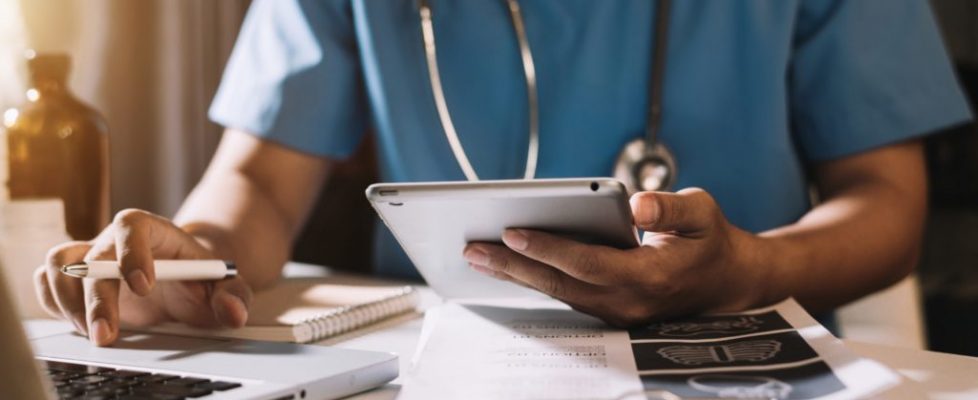Understanding the Difference in Telemedicine, Telehealth, and Telecare
Have you been wondering what telemedicine, telehealth, and telecare mean? Find out now.
With the recent practice of social distancing and quarantining due to COVID-19, more medical health practices than ever before have turned to telemedicine, telehealth, and telecare to treat patients and deliver medical advice. Between telecommunication apps and video conferencing tools, patients are able to get medical help without leaving their home.
From virtual visits and online health records to payment management, digital forms, and reminders, doctors and administrators can use telemedicine, telehealth, and telecare to treat patients. But just what do all these “tele” words actually mean? Keep reading to get up-to-date on the latest healthcare technology.
What Is Telemedicine?
Telemedicine is when doctors and healthcare providers use technology to deliver medical and treatment-related information to patients. Health education is delivered over a distance. Doctors use remote video conferencing to talk with patients, monitor a patient’s symptoms and progress, provide medical imaging, administer diagnostic tests, and deliver evaluations, as well as provide access to specialists.
What Is Telehealth?
Similar in nature to telemedicine, telehealth includes services administered by pharmacists, nurses, and social workers. They provide remote healthcare services beyond what the doctor does. These specialists evaluate and help with the patient’s health and medication needs. They can also troubleshoot health issues and detect changes in medical conditions. Services include things like health education, remote monitoring of vital signs, and blood pressure, along with the ability to remotely prescribe medications and treatments.
What Is Telecare?
Telecare is the actual technology itself (the app). It’s the tech that allows the patient to stay safe and healthy in their own home, things like health and fitness apps, sensors, fitness tracking tools, medical alert systems, and digital medication reminders.
Patients–whether elderly, home-bound, disabled, or quarantined—can keep their independence while safe and healthy at home. Health professionals can receive alerts to medical situations and real-time emergencies and monitor and track patient lifestyle changes. Examples of these apps include 100Plus, Healow, SimplePractice, and Updox.
OnPoint Urgent Care offers telemedicine assistance. All you need is a smartphone or tablet with text, video, and audio capabilities. Apps are free to download. Visits are billed to insurance companies the same as if patients were seen in person.

